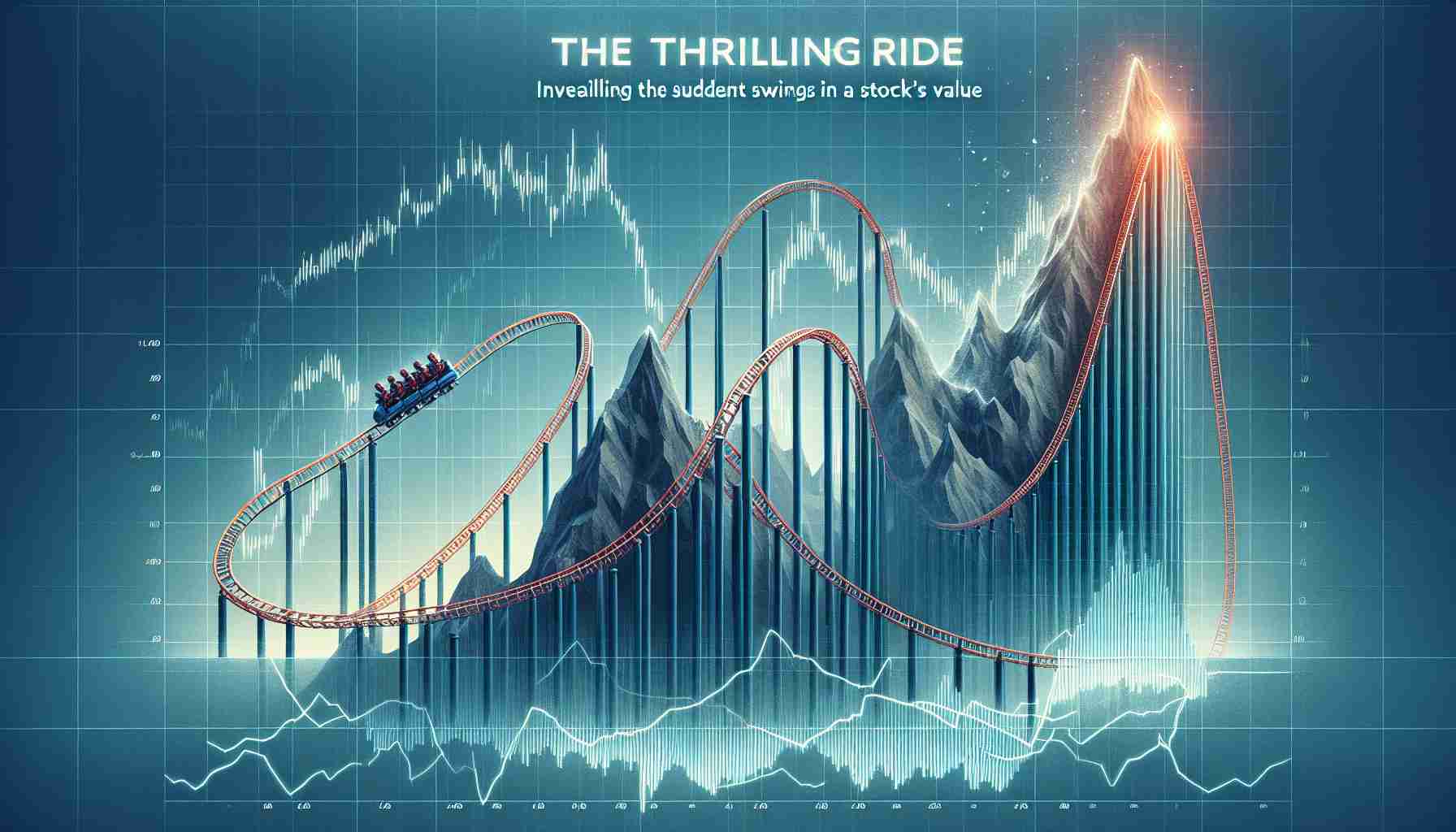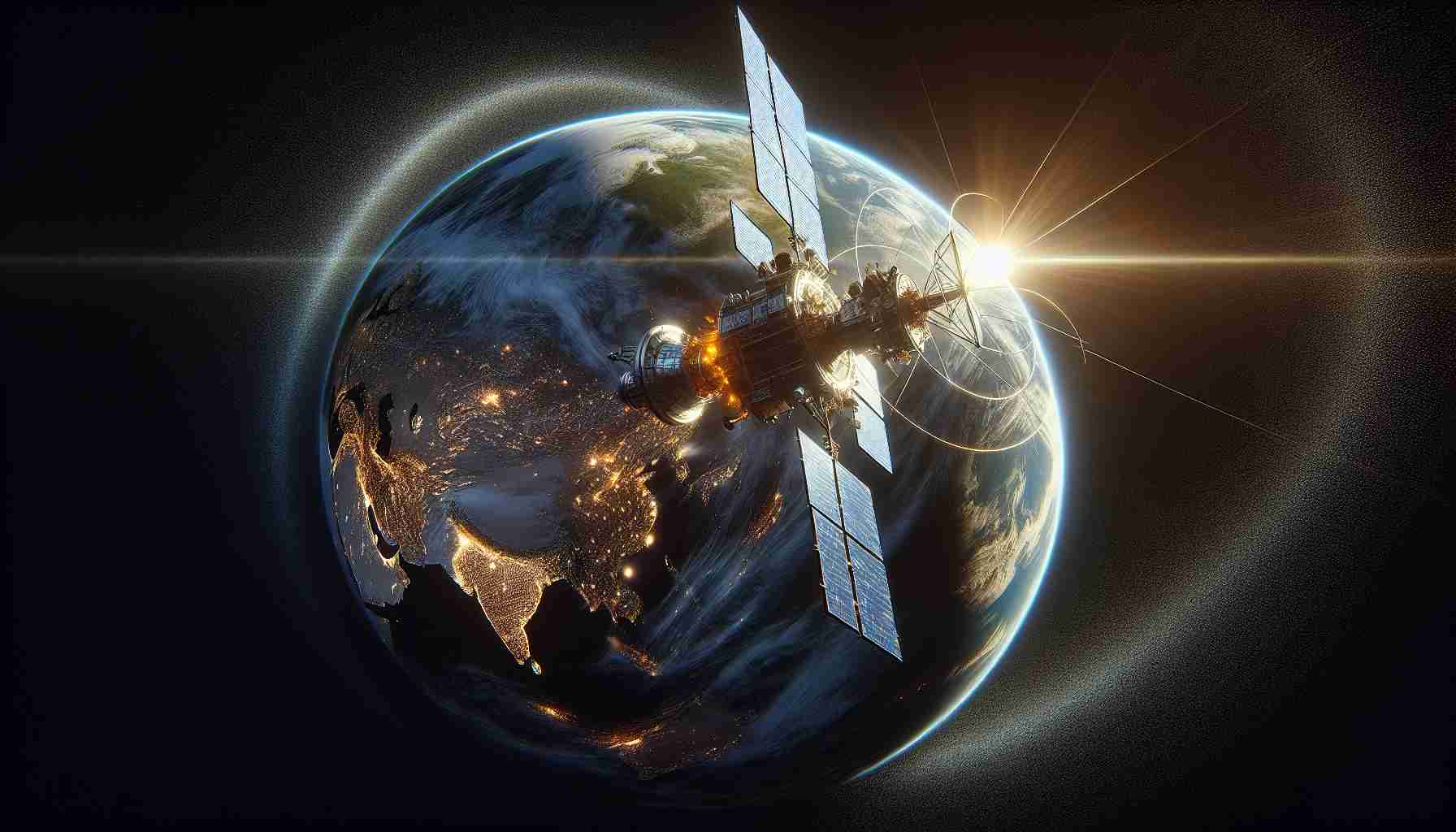In today’s rapidly evolving world, the quest for sustainable solutions has never been more critical. But what exactly is clean energy, and how does it play a role in our future? Clean energy refers to sources of power that produce little or no pollution or greenhouse gases. These energy sources are often renewable and have minimal environmental impact, making them increasingly vital in combating climate change.
Solar energy is one of the most popular forms of clean energy. It harnesses the sun’s power through photovoltaic cells, transforming sunlight into electricity. This method is not only sustainable but also abundant, as sunlight is an inexhaustible resource. Another well-known clean energy source is wind power. By using wind turbines, kinetic energy from the wind is converted into mechanical power or electricity. Locations with significant wind activity, like coastal and open plains, are ideal for harnessing this energy.
Another important player in the clean energy sector is hydroelectric power. This involves generating electricity through the gravitational force of flowing or falling water. Large dams, such as the Hoover Dam, utilize this method and provide substantial power to surrounding areas without emitting pollutants.
Lastly, geothermal energy, derived from the earth’s internal heat, offers a reliable and constant source of clean energy. By tapping into underground reservoirs of steam and hot water, geothermal systems can generate electricity around the clock.
Transitioning to clean energy is crucial for reducing our carbon footprint and mitigating the effects of climate change. With technological advancements and increased awareness, the adoption of clean energy continues to grow, heralding a cleaner, more sustainable future.
Discover the Hidden Secrets of Clean Energy Revolution
The shift towards clean energy goes beyond simply reducing pollution; it offers remarkable opportunities for economic and social transformation. Communities embracing clean energy often experience not only environmental benefits but also enhanced economic growth and energy independence.
One fascinating aspect is the job creation potential of the clean energy sector. As countries invest in solar, wind, hydroelectric, and geothermal projects, there is a surge in demand for skilled workers. This development is a game-changer for many regions, providing jobs that range from engineering positions to installation and maintenance roles. For example, the U.S. solar industry alone already employs hundreds of thousands, surpassing jobs in traditional energy sectors like coal mining.
Moreover, the deployment of clean energy technologies can lead to energy equity. Rural and underserved communities that once faced hardships due to high energy costs can benefit from localized renewable energy projects. These projects can offer lower energy bills and more stable energy access.
However, the transition is not without its controversies. Large-scale renewable projects sometimes face opposition due to environmental concerns, such as impacts on wildlife from wind farms or the submergence of large areas for hydroelectric dams. Balancing ecological protection with energy needs remains a complex issue.
Curiously, how does clean energy impact geopolitical dynamics? Countries less reliant on imported fossil fuels gain strategic autonomy and stability. The global reliance on oil and gas from politically volatile regions could diminish over time, shifting the power balance.
For more on the clean energy revolution, visit resources like International Energy Agency and U.S. Department of Energy.
























